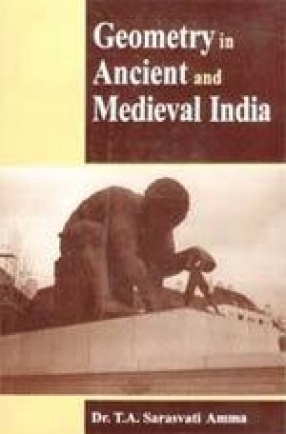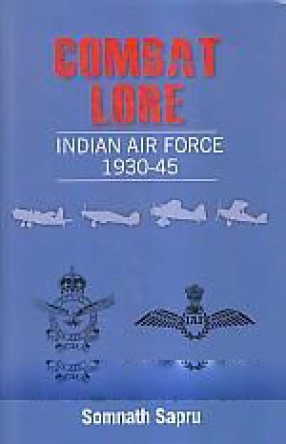This book is a geometrical survey of the Samskrit and Prakrt scientific and quasi-scientific literature of India beginning with the Vedic literature and ending with the early part of the 17th century. It deals in detail with the Sulbasutras in the Vedic literature, with the mathematical parts of Jaina Canonical works and of the Hindu Siddhantas and with the contributions to geometry made by the astronomer mathematicians Aryabhata I & II, Sripati, Bhaskara I & II, Sangamagrama Madhava, Paramesvara, Nilakantha, his disciples and a ahost of others. The works of the mathematicians Mahavira, Sridhara and Narayana Pandita and the Bakshali Manuscript have also been studied. The work seeks to explode the theory that the Indian mathematical genius was predominantly algebraic and computational and that it eschewed proofs and rationales. There was a school in India, which delighted to demonstrate even algebraical results geometrically. In their search for a sufficiently good approximation for the value of py Indian mathematicians had discovered the tool of integration, which they used equally effectively for finding the surface area and volume of a sphere and in other fields. This discovery of integration was the sequel of the inextricable blending of geometry and series mathematics.
Communal Politics: Facts Versus Myths
$11.70
$13.00




There are no reviews yet.